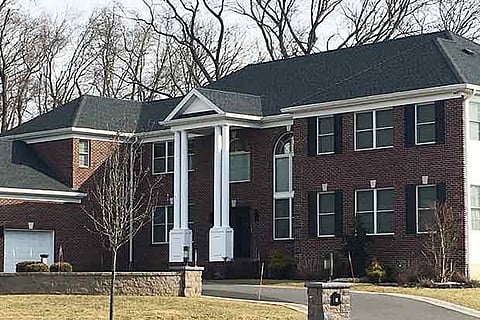

Chennai
It is a popular belief that owning a home is the ultimate stamp of acknowledging success in one’s life. Usually we all follow a set path: education, job, marriage, children and home; the cycle is perfect and complete. But does this equation apply for those who insert additional clause like ‘job abroad’? Yes, it does. But the space and the timeline vary. Let’s explore further into the lives of immigrants in the US.
Owning a home in the US is a thing of pride and joy for any immigrant. You don’t have to be a US citizen to own a property. A legal status is good enough to invest. So, you are fine from day one to make an investment in the US housing market. Investment parameters, including the mortgage rates, favour owning a home. Yet there is a lot of dilemma, confusion and delay for the Indians to make a firm decision on purchasing a home.
Usually, the techies who arrive on H1b visas have an uncertain period of stay in the country. During this period, they are forced to make many decisions. This stress usually goes unnoticed and is often not talked about. Investment decisions, be it home or others, get stalled during their wait period.
Essentially, it’s not the entry conditions but the exit compulsions that make all the difference. Of course, all is determined by the certainty of stay, which in turn is determined by the visa status.
“When I moved into the US in the Seventies, the percentage of Indian immigrants in the US was not a formidable number. I started my US life by sharing an apartment; the thought of owning a home was not in my dream list. But then, my stay in the country was definitely not timed. Studies, job struggles, marriage and finally investing in my own home became a reality.
It seemed to follow a natural sequence. I was in my early Thirties when I had completed this transition, nothing much in my life has changed since then,” recalls an immigrant in his late Sixties, who came to this country as a young aspiring student.
But people who immigrate today on H1b visa enter this country with a job. As middle-aged family persons with children, the decision-making process is much more different for them now. “The uncertainty of my stay made me postpone the decision of owning a home.
I stayed in a rented apartment for more than 12 years thinking that I wouldn’t have time to wind up the investments if my extension for H1b status is rejected. Today, I realise that I lost a valuable portion of my life. A good portion of my earnings was spent on hefty rents with no large home memories for my kids,” recalls an IT employee in his mid-Forties.
Yet, there are stories of the courageous, who went ahead and became homeowners with an H1b status thinking that all will be well. “When I moved into the US, I waited no more than two years to invest in a home. Staying in one of the highly-rated education districts, we had to pay huge rents for apartments.
It made financial sense to buy own home and pay the mortgage. But as bad luck would have it, my visa extension was denied and I had to return to India within 10 months. There was no time even to plan and sell my newly bought dream home. Now I am back to the US after three years on a new project and find myself still living in an apartment,” recalls another.
Despite earning enough dollars, life is just not smooth for the immigrants when it comes to pursuing their dream of owning a house. Until one gets a green card, the stay is at the mercy of H1b extensions.
Due to such uncertainty, most young immigrants invest in houses back in India, “an investment that I never got to enjoy”, as one puts it. “When I decided to buy a home in the US after getting my green card, I literally found my hands pinching for extra dollars that I could not recover from the Indian investment,” said another.
The high rent component, which averages around 35 per cent of the income, forces one to lean towards owning a home. But the homeowner encounters many hidden costs, an additional burden that often comes untold. On an average, two per cent of the value of the house goes towards annual property tax. There are hefty fines for not maintaining the front of property as per stipulations and guidelines.
“Owning a home has turned me into a handyman, a skill I never dreamed of developing.
I personally attend to general housekeeping tasks like leaks in my bathroom pipes, repair the sink or change a broken tile in my kitchen. I spend my precious weekends doing these chores only to save hefty labour bills,” said another.
In addition to the hefty mortgage and taxes, the regular expenses for lawn mowing, snow blowing, the labour cost associated with sudden repairs, maintenance expenditures, etc. eat into the savings. Owning a home as a single-earning member is not a great prospect for the immigrants.
But all these never make one stop in the mission to own a home in the US. Even to the US home market, these young immigrants are a captive investing audience. The home prices in neighbourhoods with high concentration of Indian population are usually very high, and there are always multiple bids for homes in these areas.
Tamilians are generally considered to be cautious but formidable market players. Mostly engaged in the top-earning employments, they command a lot of respect in the market and will remain so for long!
The writer is a journalist based in New York
Visit news.dtnext.in to explore our interactive epaper!
Download the DT Next app for more exciting features!
Click here for iOS
Click here for Android